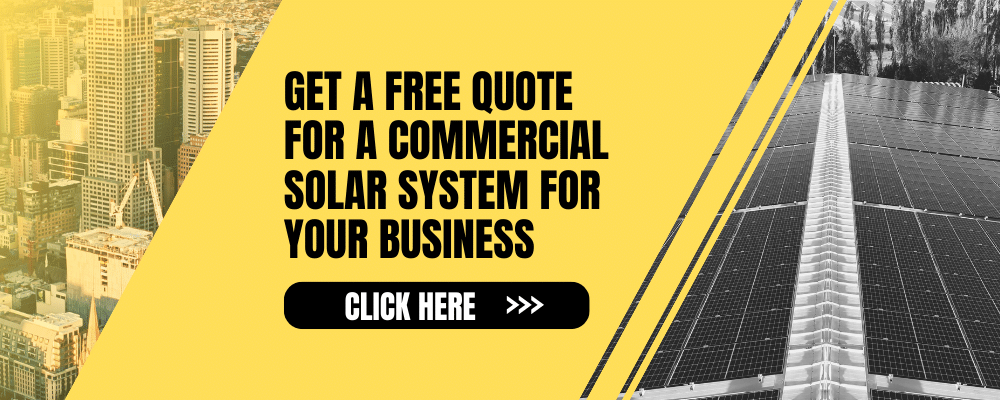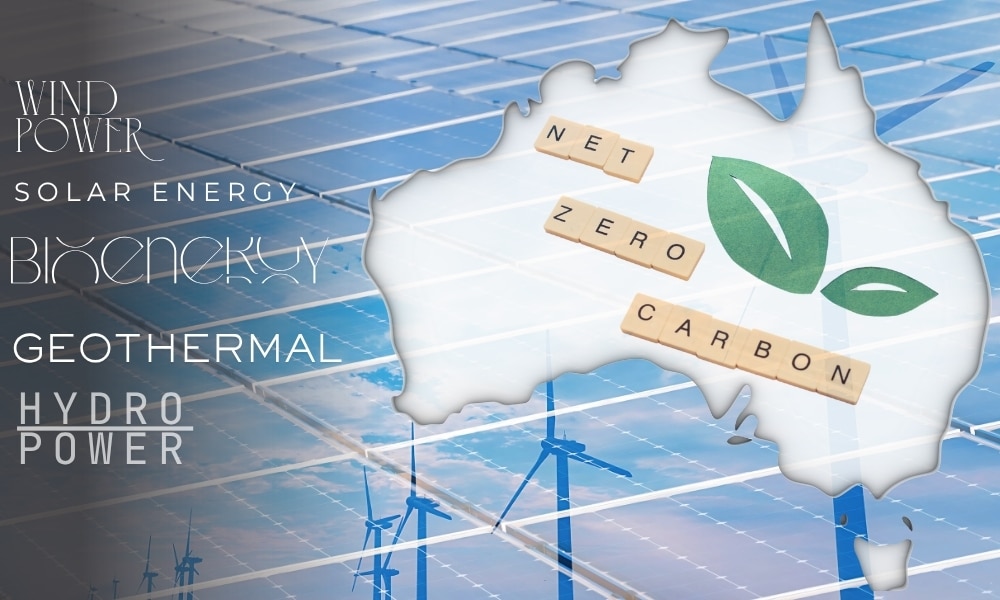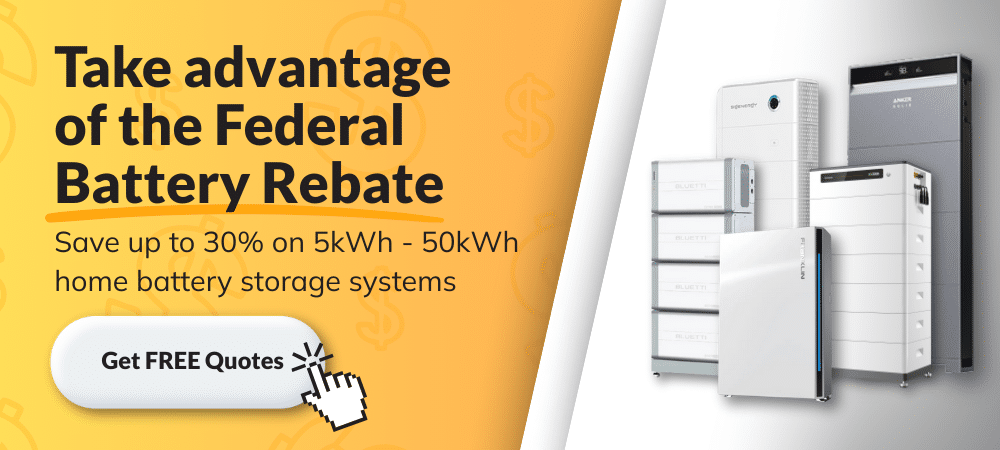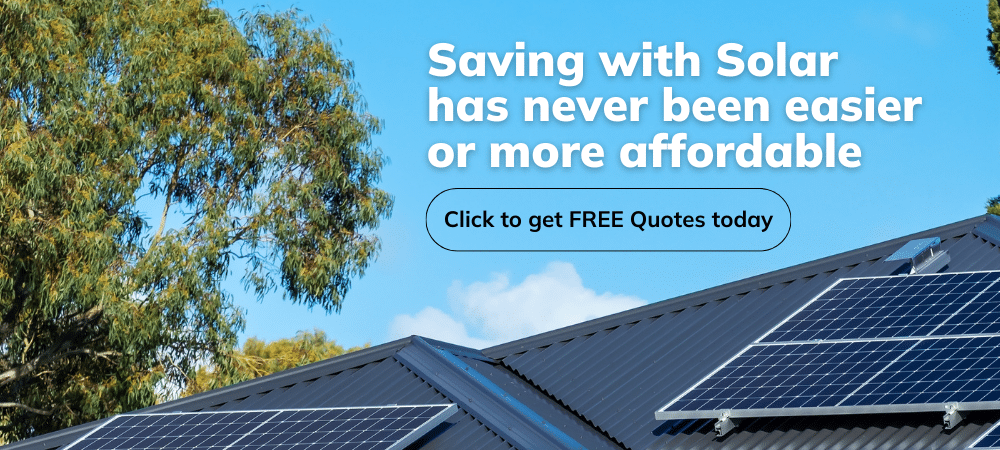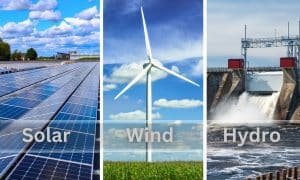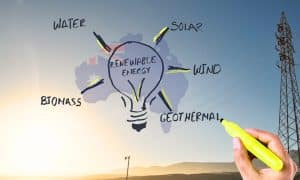Achieving net-zero emissions in Australia is no longer a distant dream but a national priority driven by the urgency of climate change and the need for energy sustainability. Central to this mission is the rapid shift toward renewable energy, enabling the country to meet its ambitious renewable energy goals.
Understanding net-zero emissions in Australia
Net-zero emissions refer to the balance between the greenhouse gases produced and removed from the atmosphere. To achieve Australia’s net-zero emissions target by 2050, this means drastically reducing carbon emissions and investing in carbon offsetting technologies.
The key sectors that contribute to Australia’s emissions include:
- Electricity generation
- Transport
- Agriculture
- Industry
Transitioning these sectors to renewable energy sources is crucial for achieving climate goals and maintaining economic resilience.
The importance of renewable energy in climate action
Renewable energy is essential in decarbonising Australia’s economy. It reduces dependence on fossil fuels, curbs emissions, and provides long-term cost savings. From rooftop solar systems to large-scale wind farms, Australia has massive untapped potential.
Key renewable sources contributing to Australia’s net-zero pathway include:
- Solar energy – Rooftop and utility-scale solar PV systems
- Wind power – Onshore and offshore wind farms
- Hydropower – Pumped hydro and traditional hydroelectric systems
- Bioenergy and geothermal – Supporting base load demands and rural sectors
By investing in these technologies, Australia can meet its renewable energy goals while ensuring energy security and economic growth.
Australia’s renewable energy goals and national policies
Australia’s renewable energy strategy aligns with its commitment to the Paris Agreement. The 2050 net-zero target has prompted several policies and investments aimed at boosting renewable energy adoption.
Key national initiatives include:
- Rewiring the nation – A $20 billion plan to modernise the grid for renewable integration.
- Renewable Energy Zones (REZs) – Dedicated areas for large-scale solar and wind farms.
- Australian Renewable Energy Agency (ARENA) – Funding research and development of clean energy innovations.
- Clean Energy Finance Corporation (CEFC) – Investing in low-carbon technologies and infrastructure.
How solar power drives net-zero emissions in Australia
Australia is a global leader in solar energy, with over 3.6 million solar systems installed. Solar power plays a crucial role in meeting net-zero emissions by displacing coal and gas generation.
Solar’s role in achieving renewable energy goals:
- Enables decentralised energy generation, reducing grid strain.
- Lowers electricity bills and supports battery storage adoption.
- Reduces carbon emissions in residential, commercial, and industrial sectors. Use Energy Matters’ carbon footprint calculator to calculate your household and business’s direct emissions.
Wind energy: A pillar of Australia’s renewable future
Wind energy contributes significantly to Australia’s electricity mix and is experiencing rapid expansion. With consistent wind resources and new offshore wind projects in development, wind is vital in achieving Australia’s renewable energy goals.
Benefits of wind energy for net-zero include:
- High capacity factor compared to solar
- Low lifecycle emissions
- Complements solar to provide power around the clock
The continued development of wind farms, supported by government policies and private investment, strengthens Australia’s net-zero emissions roadmap.
Role of solar energy storage and the grid
To fully realise the benefits of renewables, Australia must invest in solar energy storage and grid upgrades. Battery technology and smart grids help manage the variability of solar and wind while ensuring a stable supply.
Storage and grid innovations supporting net-zero:
- Residential solar batteries.
- Virtual Power Plants (VPPs) to coordinate thousands of home batteries.
- Grid-scale storage projects, such as Energy Matters’ 7th episode, explore IGA Morphett Vale’s journey towards energy independence.
By integrating GoodWe‘s cutting-edge inverter and battery technologies, the supermarket is reducing its energy costs and ensuring continuous operations.

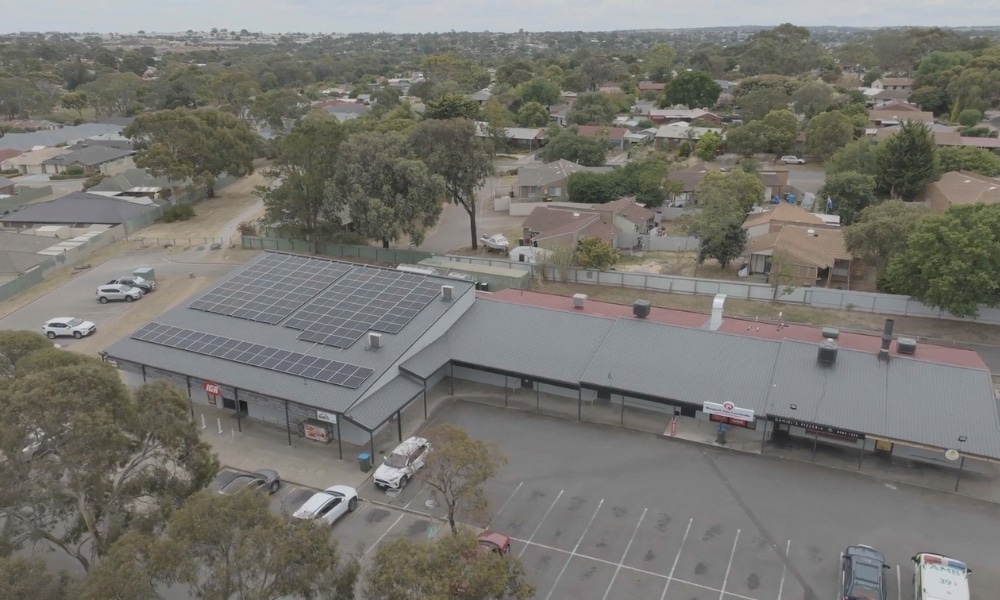
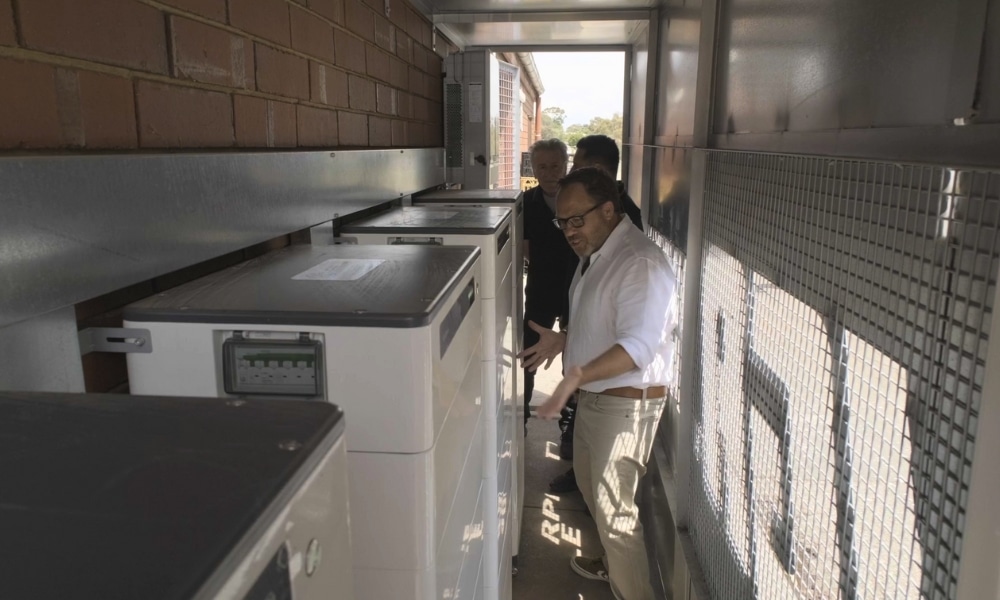
By enabling energy storage and enhancing grid resilience, Australia can increase renewable energy penetration while maintaining reliability, a crucial step in achieving its renewable energy goals.
Use Energy Matters’ easy-to-use solar power and battery storage calculator to determine the size of your solar system with storage! Our solar calculator will generate performance information and potential savings.
We can send this information to 3 of our pre-vetted and trusted local installers in your area to receive obligation-free solar quotes and take the first step towards true energy independence!

Green hydrogen and emerging technologies
Green hydrogen—produced using renewable electricity—is emerging as a crucial tool in sectors that are difficult to electrify, such as heavy industry and transportation. It supports emissions reduction while offering export opportunities. Investing in innovation enables Australia to lead in clean technology, support job creation, and align with the country’s net-zero emissions strategies.
Other emerging technologies driving net-zero:
- Carbon capture and storage (CCS)
- Advanced biofuels
- Electric vehicles (EVs) powered by renewables
Challenges on the road to net-zero
While progress is evident, several challenges remain:
- Grid infrastructure must be upgraded to support decentralised energy.
- Policy consistency is necessary across states and the federal government.
- Investment certainty for large-scale projects must be prioritised.
- Public education and equity in access to renewables must be addressed.
Despite these challenges, the momentum behind Australia’s renewable energy goals is stronger than ever.
How Australians can contribute to renewable energy goals
Every household and business has a role in achieving net-zero emissions in Australia. Small actions, when taken collectively, can create a significant national impact.
Ways to contribute:
- Install rooftop solar and pair it with a solar battery storage system.
- Upgrade to energy-efficient appliances.
- Participate in community solar or Virtual Power Plant (VPP) programs.
- Support policies and initiatives that advance renewable development.
- Purchase an electric vehicle (EV) and integrate an EV charger into your solar system.
- Switch to green energy plans from renewable retailers.
Switching to a better plan? You may already have an energy plan but want more power or to shop for a better deal.
Power your net-zero journey with Energy Matters
Australia’s path to net-zero emissions is inextricably linked to its commitment to renewable energy goals. By scaling solar, wind, and green technologies and empowering everyday Australians, we can create a cleaner, more resilient future.
At Energy Matters, we make it easy for you to transition to clean energy through expert advice, affordable systems, and tailored renewable solutions. Join the movement toward a zero-emissions Australia—contact Energy Matters today and let us help you power your home or business with confidence and sustainability.










